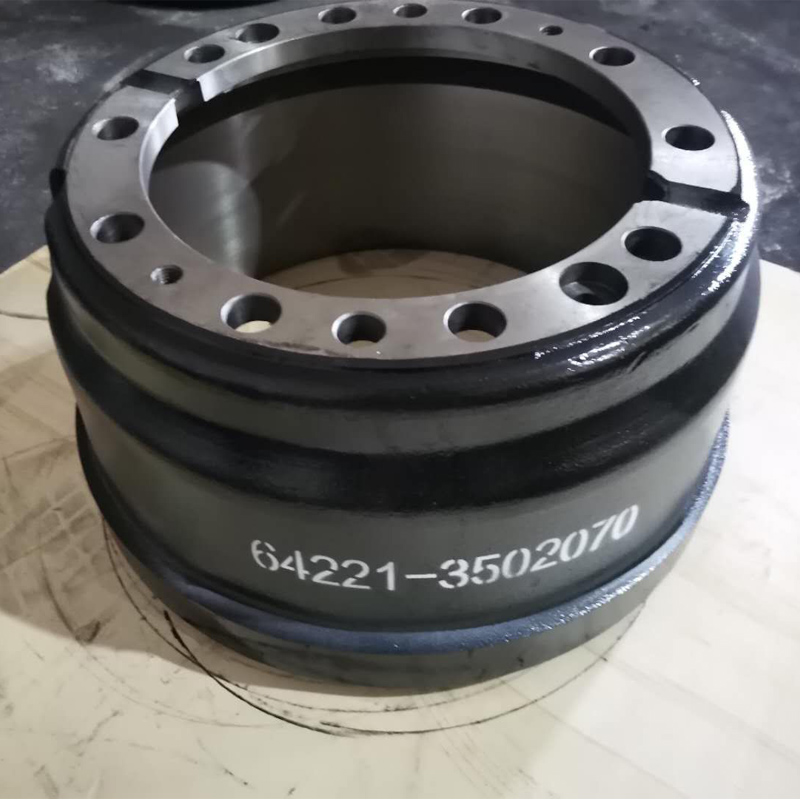Jan . 02, 2025 10:12 Back to list
brake pads vs brake drums
Brake Pads vs. Brake Drums Understanding the Differences
When it comes to the braking system of a vehicle, choosing the right components is crucial for safety and performance. Two of the primary types of braking components that most vehicles utilize are brake pads and brake drums. Each plays a unique role in the operation of the braking system, and understanding their differences can help car owners make informed decisions regarding their vehicle maintenance and upgrade needs.
Brake Pads An Overview
Brake pads are a crucial component of disc brake systems, commonly found in modern vehicles. They are designed to create friction against the brake rotor, which is attached to the wheel. When the driver presses the brake pedal, hydraulic fluid is sent to the brake caliper, forcing the brake pads against the rotor to slow down or stop the vehicle. The material used for brake pads can vary, including organic, semi-metallic, and ceramic compositions, each offering different levels of performance, noise, and dust generation.
One of the significant advantages of brake pads is their ability to provide strong stopping power. They are generally less prone to overheating than drum brakes and maintain performance even under heavy use. Their design also allows for quicker changes and maintenance. For most drivers, brake pads offer more consistent performance in various driving conditions, making them a preferred choice for many vehicles, especially those driven in urban settings or frequently subjected to stop-and-go traffic.
Brake Drums An Overview
Brake drums, on the other hand, are typically found in drum brake systems, which have been commonly used in older vehicles and some modern cars, particularly those with rear brakes. A brake drum is a round, cylindrical component that rotates with the wheel. Inside the drum, brake shoes (which contain friction material) push outward against the inner surface of the drum when the brakes are applied, creating the necessary friction to slow down the vehicle.
brake pads vs brake drums

One of the advantages of brake drums is their ability to provide a self-energizing effect. This means that as the drum spins, it can help pull the brake shoes tighter against it, enhancing braking efficiency without requiring significant pedal pressure. Additionally, drum brakes are often cheaper to manufacture and can be found in more affordable vehicles.
However, they do have some drawbacks. Brake drums tend to be bulkier and heavier than disc brake systems, which can impact vehicle performance. They are also more susceptible to fading during extended heavy use, as the enclosed design can trap heat. Additionally, drum brakes can present challenges in maintenance and replacement, as they require more labor to service compared to disc brakes.
Comparing Performance and Maintenance
In terms of performance, brake pads typically outperform brake drums in most scenarios, particularly under severe braking conditions. However, for lighter vehicles or those used in specific driving situations, drum brakes can be sufficient and cost-effective.
Maintenance is another area where brake pads shine. Replacing brake pads is generally simpler and quicker compared to drum brakes, which may require more steps to access and replace the components.
Conclusion
Ultimately, the choice between brake pads and brake drums depends on factors such as the vehicle type, driving conditions, and personal preferences. While brake pads offer superior performance and ease of maintenance, brake drums may still find usage in specific applications where cost efficiency is a priority. Understanding these differences can empower drivers to make choices that enhance safety, performance, and reliability on the road.
-
Scania Brake Drums: OEM Quality for Optimal Safety & Durability
NewsAug.16,2025
-
R.V.I: Advanced Remote Visual Inspection for Precision
NewsAug.15,2025
-
Discover HYUNDA: Innovative Vehicles, Equipment & Solutions
NewsAug.14,2025
-
R.V.I: Unlock Advanced Insights & Real-time Performance
NewsAug.13,2025
-
Kamaz Brake Drum: Durable & Reliable for Heavy Duty Trucks
NewsAug.12,2025
-
Heavy Duty Iveco Brake Drum - Premium Quality & Safety
NewsAug.11,2025
